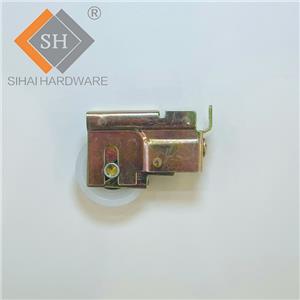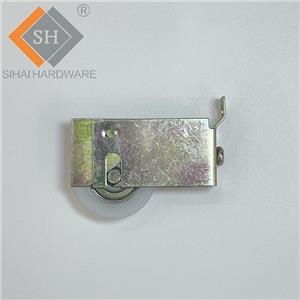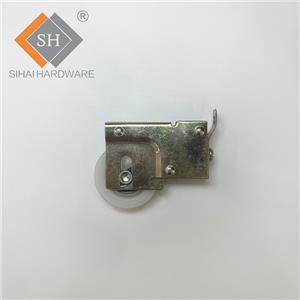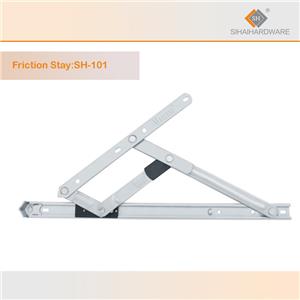TECH ARTICLE NO.33|A Comparison of Casement Window Hardware and Sliding Window Hardware
A Comparison of Casement Window Hardware and Sliding Window Hardware
Windows play a crucial role in enhancing the aesthetic appeal and functionality of a building. When it comes to selecting the right window hardware, two popular options are casement windows and sliding windows. Both types offer distinct features and benefits, making them suitable for different architectural styles and functional requirements. In this article, we will explore the key differences between casement window hardware and sliding window hardware, helping you make an informed decision for your next window installation or upgrade.
Casement windows are hinged on one side and open outward, similar to a door. They are operated using a crank mechanism or a lever handle. Here are the key features of casement window hardware:
1. Hinges and Cranks: Casement windows typically have hinges attached to the side of the window frame, allowing them to swing open. The hinges are designed to support the weight of the window and ensure smooth operation. A crank mechanism or a lever handle is used to open and close the window, offering precise control over the degree of opening.
1. Enhanced Ventilation: Casement windows provide excellent ventilation because they can be fully opened, allowing air to flow freely into the room. When fully open, casement windows create a funnel effect, drawing fresh air from outside and expelling stale air from inside.
1. Energy Efficiency: When closed, casement windows create a tight seal, minimizing air leakage and improving energy efficiency. The compression seal formed by the window sash and frame helps to prevent drafts, reducing heating and cooling costs.
1. Security: Casement windows are generally considered to be more secure than sliding windows. The hook-shaped locks embedded within the frame make it difficult for intruders to pry open the window from the outside.
Sliding Window Hardware:
Sliding windows, also known as gliding windows, have sashes that slide horizontally along a track. They are a popular choice for modern homes and buildings. Let's look at the key features of sliding window hardware:
1. Horizontal Sliding Mechanism: Sliding windows operate by sliding one sash horizontally past the other. The sashes are equipped with rollers that glide smoothly along the track, allowing easy opening and closing.
1. Space Efficiency: Sliding windows are space-efficient since they do not swing outward or inward. This makes them ideal for areas with limited space, such as balconies or patios, where casement windows might obstruct the pathway.
1. Easy Operation: The sliding mechanism of these windows makes them effortless to operate. They are often equipped with finger pulls or handles, allowing users to open and close them with minimal effort.
1. Contemporary Design: Sliding windows offer a sleek and modern aesthetic that complements contemporary architectural styles. They often feature larger glass areas, allowing for unobstructed views and ample natural light.
1. Weather Resistance: Sliding windows provide good resistance against wind and water infiltration when closed properly. However, compared to casement windows, they may be more prone to air leakage due to the nature of their sliding mechanism.
Conclusion:
Choosing between casement window hardware and sliding window hardware depends on various factors, including personal preference, architectural style, and functional requirements. Casement windows offer superior ventilation, energy efficiency, and security, whereas sliding windows are space-efficient, easy to operate, and provide a contemporary design. Assessing your specific needs and considering the advantages of each option will help you make an informed decision when selecting window hardware for your home or building.




